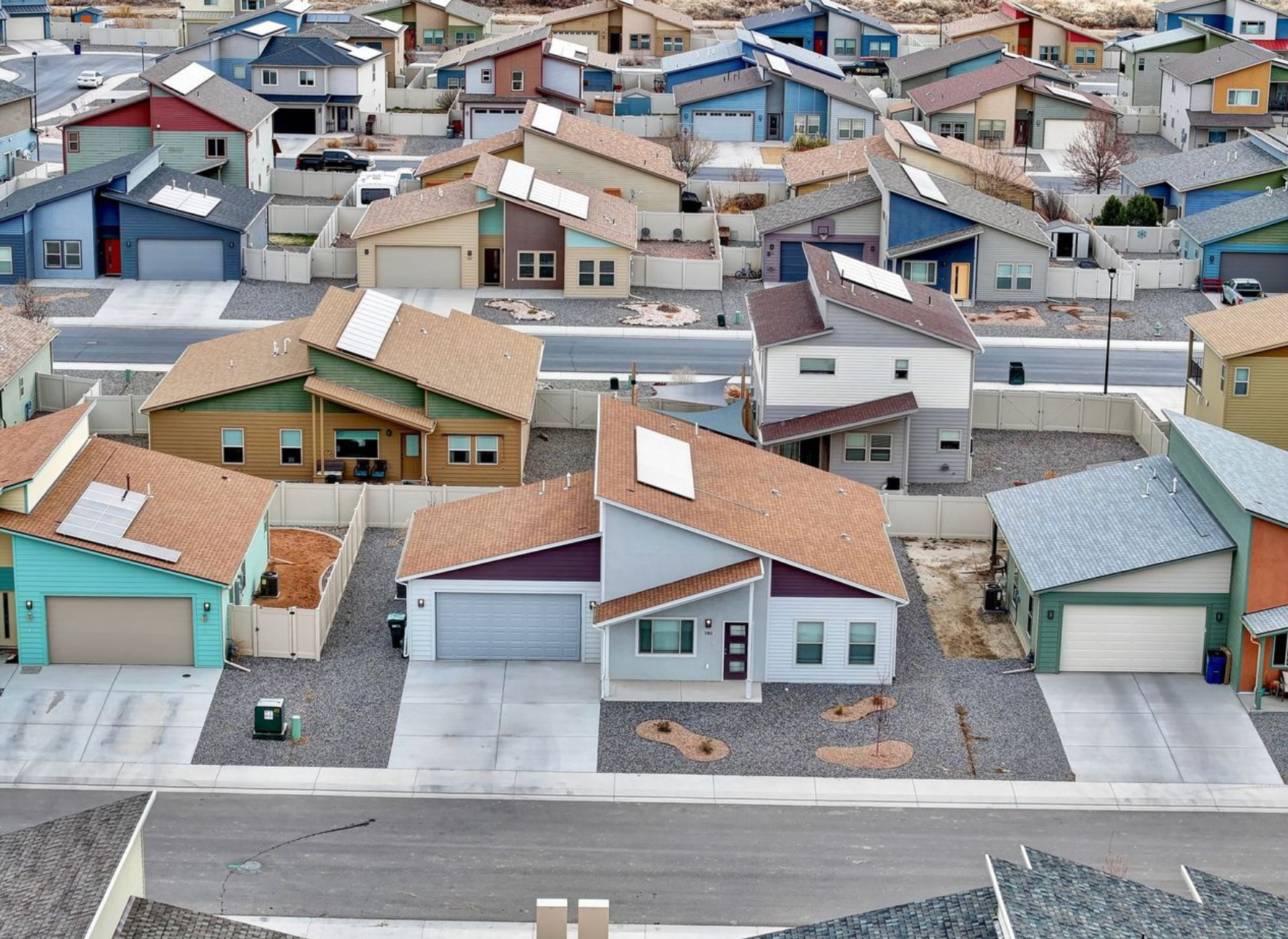Reaching ENERGY STAR Standards

At Senergy Builders, we aim to build your dream home you envision on the Western Front. We also ensure that we treat our lovely earth with the most consideration possible. Now, you may have a picture in your head of the home of your dreams, and might be wondering, how can Senergy Builders achieve both this and energy efficiency?
Well, Senergy Builders takes immense pride in our range of expertise and ability to build homes of various design, square feet footage, and price range. You ask, and we deliver to the preciseness of your exact needs. All the while, never failing to reach ENERGY STAR standards.
Achieving
ENERGY STAR standards in homes involves a comprehensive approach that addresses various aspects of energy efficiency. Let's delve into the key components and strategies that contribute to making homes energy efficient according to ENERGY STAR standards.
Introduction to ENERGY STAR Standards
ENERGY STAR is a program developed by the United States Environmental Protection Agency (EPA) to promote energy efficiency and reduce greenhouse gas emissions. ENERGY STAR certified homes meet strict energy efficiency guidelines set by the EPA. These homes are typically more comfortable, have lower utility costs, and contribute to a healthier environment.
Building Envelope
The building envelope, consisting of the walls, roof, windows, and doors, plays a crucial role in the energy efficiency of a home. ENERGY STAR homes often feature:
High-performance insulation
Adequate insulation helps maintain consistent indoor temperatures by minimizing heat transfer through walls and ceilings. Common insulation materials include fiberglass, cellulose, and spray foam.
Advanced windows and door
ENERGY STAR-certified windows and doors are designed to minimize heat loss and gain. They feature multiple panes, low-emissivity coatings, and insulated frames to improve thermal performance.
Air sealing
Proper air sealing prevents unwanted air leakage, which can account for significant energy loss in homes. Sealants, caulks, and weatherstripping are used to seal gaps and cracks around windows, doors, and other penetrations in the building envelope.
Heating, Ventilation, and Air Conditioning (HVAC) Systems
Heating and cooling are major energy consumers in residential buildings. ENERGY STAR homes employ several strategies to optimize HVAC efficiency:
High-efficiency HVAC equipment
ENERGY STAR-certified furnaces, air conditioners, and heat pumps meet strict energy efficiency criteria, consuming less energy while providing reliable comfort.
Programmable thermostats
These devices allow homeowners to schedule temperature adjustments based on occupancy patterns, reducing energy waste when the home is unoccupied or during sleeping hours.
Proper sizing and installation
HVAC systems must be correctly sized and installed to ensure optimal performance. Oversized equipment can lead to short cycling and reduced efficiency, while improperly installed ductwork can result in air leakage and uneven heating or cooling.
Energy-Efficient Lighting and Appliances
Lighting and appliances account for a significant portion of residential energy consumption. ENERGY STAR homes incorporate energy-efficient lighting and appliances to reduce electricity usage:
LED lighting
Light-emitting diode (LED) bulbs consume less energy and last longer than traditional incandescent or compact fluorescent bulbs. ENERGY STAR-certified LED fixtures and bulbs provide high-quality light output while saving energy.
Energy-efficient appliances
ENERGY STAR-rated refrigerators, dishwashers, washing machines, and other household appliances meet stringent energy efficiency requirements, consuming less electricity and water compared to standard models.
Renewable Energy Integration
To further reduce reliance on conventional energy sources, some ENERGY STAR homes incorporate renewable energy systems such as solar photovoltaic (PV) panels:
Solar power
Solar PV systems generate electricity from sunlight, offsetting a portion of the home's energy consumption and reducing utility bills. Incentives and rebates may be available to homeowners who install solar panels, making renewable energy more accessible.
Geothermal heat pumps
Geothermal systems harness the earth's natural heat to provide heating, cooling, and hot water. While the upfront costs can be higher, geothermal heat pumps offer long-term energy savings and environmental benefits.

Building Design and Orientation
The design and orientation of a home can influence its energy performance. ENERGY STAR homes often incorporate the following design principles:
Passive solar design
Orienting the home to maximize solar exposure can help reduce heating and lighting loads. Features such as south-facing windows, overhangs, and thermal mass can optimize solar gain while minimizing heat loss.
Energy-efficient landscaping
Strategic placement of trees, shrubs, and other landscaping elements can provide shade in the summer, reducing cooling needs, and allow sunlight to penetrate in the winter, reducing heating requirements.
Indoor Air Quality and Ventilation
ENERGY STAR homes prioritize indoor air quality and ventilation to ensure occupant comfort and health:
Mechanical ventilation systems
Energy recovery ventilators (ERVs) or heat recovery ventilators (HRVs) exchange stale indoor air with fresh outdoor air while recovering energy from the exhaust air stream. This helps maintain indoor air quality without compromising energy efficiency.
Low-VOC materials
Volatile organic compounds (VOCs) emitted by certain building materials and furnishings can adversely affect indoor air quality. ENERGY STAR homes often use low-VOC or zero-VOC products to minimize indoor air pollution.
Building Codes and Third-Party Verification
Compliance with building codes and third-party verification are essential aspects of achieving ENERGY STAR certification:
Code compliance
ENERGY STAR homes adhere to rigorous building codes and standards that promote energy efficiency, durability, and safety. Building inspectors ensure that construction meets or exceeds these requirements during the permitting and inspection process.
Third-party verification
Independent energy raters or inspectors assess the home's energy performance and compliance with ENERGY STAR guidelines. This verification process provides assurance to homeowners that their home meets the program's standards.
ENERGY STAR-certified homes exemplify energy efficiency through a combination of advanced building techniques, high-performance systems, energy-efficient appliances, renewable energy integration, thoughtful design, and indoor air quality management. By reducing energy consumption and environmental impact while enhancing comfort and affordability, these homes represent a sustainable approach to residential construction that benefits homeowners, communities, and the planet alike.
At Senergy Builders, our homes all meet ENERGY STAR standards and simultaneously prioritize comfort, savings, and environmental stewardship. With our professionally-trained staff and innovative mindset, as well as our 200 years of experience in all areas of the construction industry, we're leading the way in creating homes that not only reduce energy consumption and lower utility bills but also contribute to a cleaner, healthier planet.
Join us in shaping a greener future and experience the ultimate in modern living with our energy efficient homes. To learn more, contact us at 970.248.8500.
You might also like



